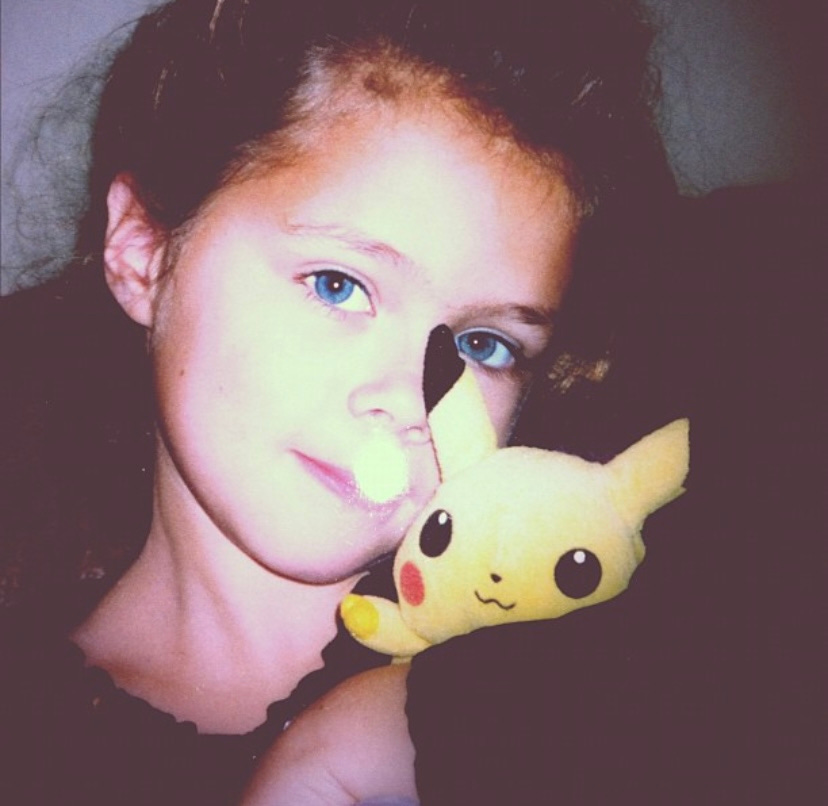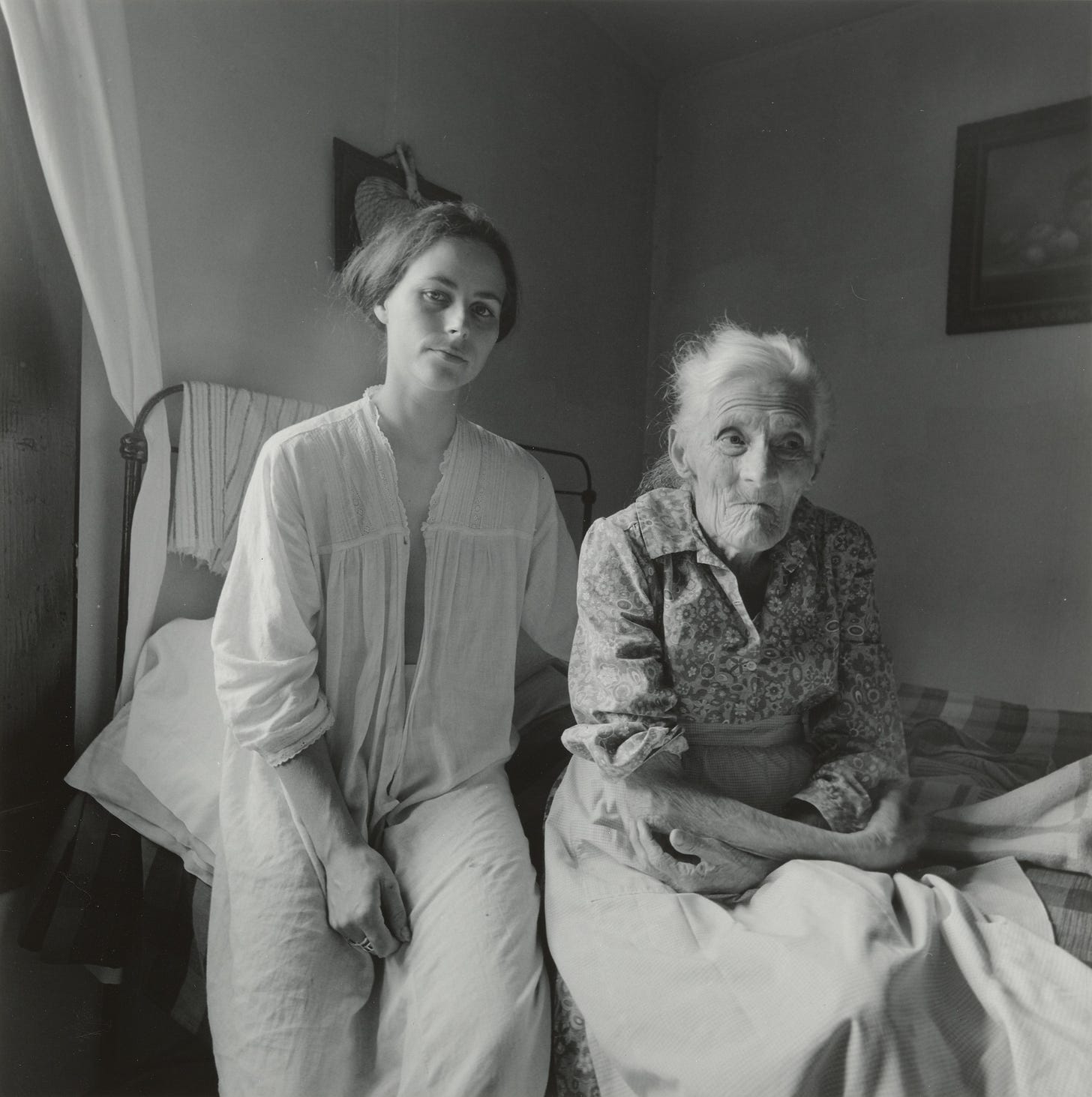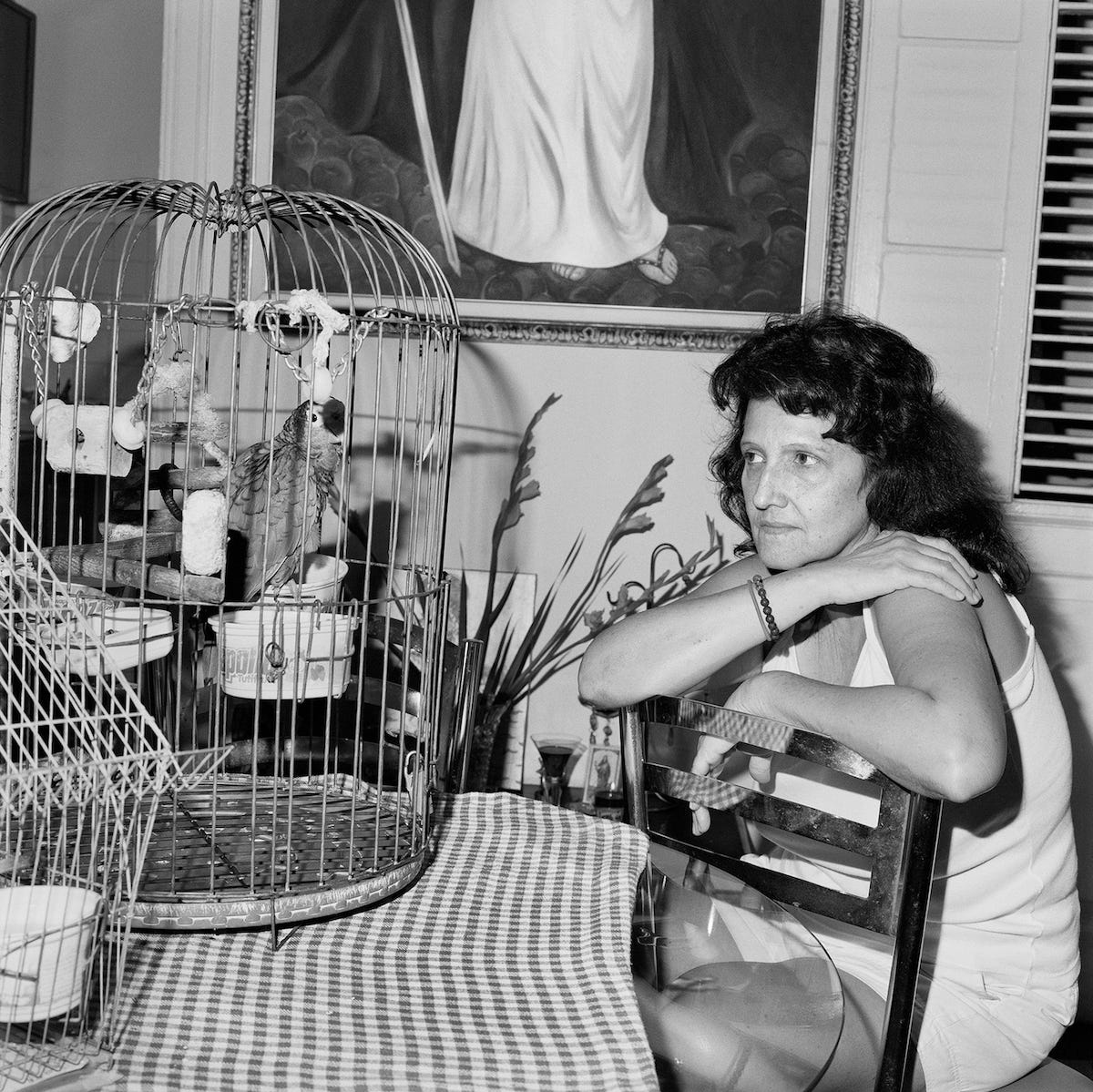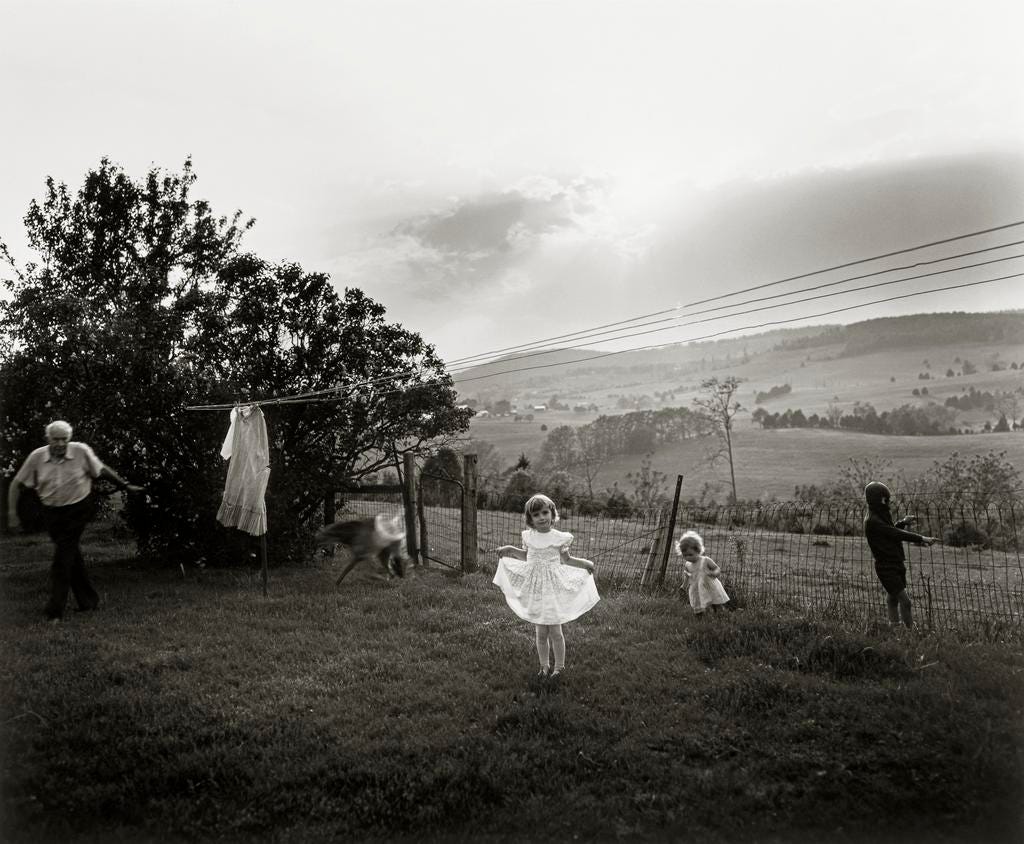It’s been well over a year since this substack was active, and I started it with all the best intentions. But then it started to feel more like a chore and less like fun, so I stopped. If you know me, you know I’ve enjoyed reading and writing since I was able to do it — you’d cringe if you had to read the journals of 7-year-old Hunter (a lot of entries about Pikachu, see below evidence) — but it’s increasingly hard to find the time and energy to write when adulthood just requires a lot of my brain power.
I’ve dreamt for a while about someday opening a space where I could sell photo books, related books, coffee, and pastries. But of course, doing something like that is super daunting and intimidating, so trust me, I’m not hinting at anything like that happening anytime soon (…unless someone wants to invest, hit me up! Haha.)
As a way to assuage my brain’s persistence in reminding me about this dream, I thought I’d share some photo books I’ve been enjoying this year! Some of you who follow this are photographers, but many of you aren’t, and I know photo books are typically only popular amongst photographers or photo-lovers. Hopefully I can convert some of you :-) All books are linked – just click on the title.
Echo Mask by Jonathan Levitt
Echo Mask is a collection of photographs made on the eastern coast of the United States. Levitt was a reviewer at a portfolio review I attended this past spring, and that is how I became familiar with his work. He is a very kind human as well as a very talented photographer. He hails from coastal Maine and that is immediately apparent in the work, though some of it is made in the southeast. The overall feeling of the work is a harkening back to basics – human emotion only in the context of nature, not in the context of all the distractions and technology that permeate daily life nowadays. Physical people are scarce in the work in a literal sense, but are very much a part of the work in the metaphorical.
Emmet Gowin, published by Aperture
If you are unfamiliar with Emmet Gowin, he is one of the greats (in my opinion, though I do believe that opinion is widely held). He has been a photographer for his entire adult life, and taught at Princeton in the photography department for many years. This book, published in 2013, is an exhibition catalogue. It was also my first experience seeing Gowin’s photography anywhere other than a computer screen. I have found it to be a wonderful comprehensive look at the work he has done – from the vast amount of portrait work he has done of his wife and her family to the bird’s eye landscapes he has done in later years. Black and white square images are his chosen format, and if you know me, you know why that speaks to me (it’s how I like to work, too).
The Forgotten by Rosalind Fox Solomon
This book was a gift to me, and I am grateful for it. I had never heard of Rosalind Fox Solomon before (sorry to my fellow photographers reading this), but after I spent time with this book I of course had to listen to any of her interviews I could find. She is a fascinating woman who did not pick up a camera until her late 30s. Needless to say, the camera changed her life. She is and was a natural talent, though she had the chance to study with Lisette Model (one of the greatest ever). The Forgotten is a difficult book. The photography itself is beautiful but a dark and gnawing message becomes clearer and clearer as the book progresses. Again, black and white square images.
Sally Mann: A Thousand Crossings, put together by Sarah Greenough, Sarah Kennel and Sally Mann
I mean…if you know me, you know I had to include this. Mann is my absolute favorite photographer of all time, and has had an inexplicable influence on me both in my work and in my day-to-day life. I just can’t say enough good things about her. So yes, this is a very biased portion of the newsletter. This giant chunk of a book contains SO much goodness within it — in part because it is so large. This book takes us through Mann’s family work (both infamous and famous), her elegiac and haunting southern landscapes, work about Civil War battlefields, further landscapes looking at churches, and work about her husband’s battle with MS. It’s ridiculously good.
Hopefully you are finishing up this letter with a newfound interest in one of these books…let me know if you do decide to pick one up, I’d love to hear your thoughts!
Happy weekend,
Hunter









